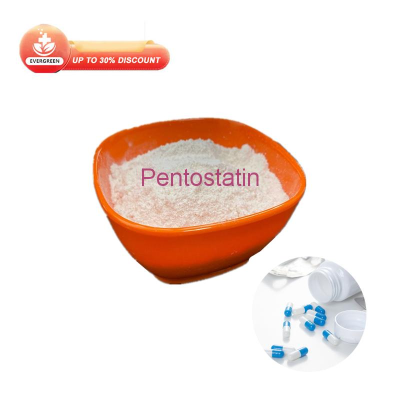-
Categories
-
Pharmaceutical Intermediates
-
Active Pharmaceutical Ingredients
-
Food Additives
- Industrial Coatings
- Agrochemicals
- Dyes and Pigments
- Surfactant
- Flavors and Fragrances
- Chemical Reagents
- Catalyst and Auxiliary
- Natural Products
- Inorganic Chemistry
-
Organic Chemistry
-
Biochemical Engineering
- Analytical Chemistry
- Cosmetic Ingredient
-
Pharmaceutical Intermediates
Promotion
ECHEMI Mall
Wholesale
Weekly Price
Exhibition
News
-
Trade Service
Traditionally, patients with small renal masses (SRMs) were treated with radical or partial nephrectomy (PNs.
The current European Association of Urology (EAU) guidelines indicate that the evidence for PN therapy for T1 renal masses is strong, whereas the evidence for IGA only in those with significant comorbidities and frailty is insufficien.
A study published in the European Radiology journal provides 10 years of experience and evidence from our institution for the treatment of biopsy- or histologically confirmed T1aN0M0 and T1bN0M0 renal cell carcinoma (RCC) patients undergoing imaging-guided CRYO or RFA and LPN provides clinical guidance on long-term oncological prognosi.
This retrospective cohort study included patients with localized RCC (T1a/bN0M0) who underwent cryoablation (CRYO), radiofrequency ablation (RFA), or LPN at our institution from 2003 to 2016. Oncological outcomes were compared using Cox regression and log-rank analysis, and eGFR changes were compared using Kruskal-Wallis and Wilcoxon-rank test.
A total of 296 consecutive patients (238 T1a, 58 T1b) were identified; 103, 100, and 93 patients received CRYO, RFA, and LPN, respectivel.
Figure T1b patients a cancer-specific survival, b overall survival, c local recurrence-free survival and d metastasis-free survival
This study showed that IGA was consistent with LPN in terms of oncological prognosis, and IGA was significantly better than LPN in protecting renal functio.
Original source:
Vinson Wai-Shun Chan, Filzah Hanis Osman, Jon Cartledge, et a.







